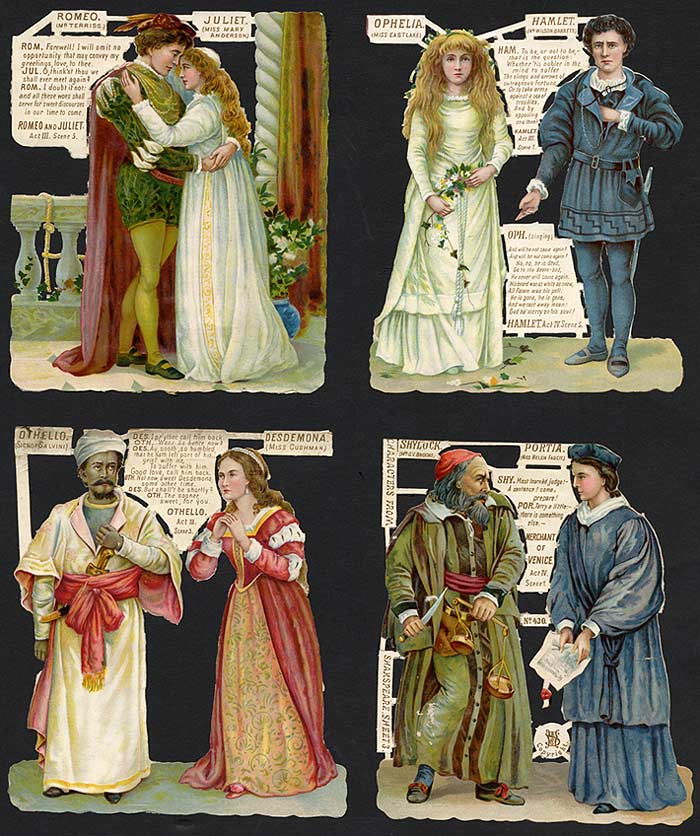Intention:
I've been working this semester with Dr.
Mamchur on linking the idea of personality traits described by the MBTI (Myers-Briggs Type
Indicator) and:
-- literature (type analysis of literary
characters),
-- creative writing (using type to write
fictional characters),
-- teaching writing (to students of
different type), and lastly,
-- evaluating MBTI as a tool in light of
aesthetics and the creative process.
In this portfolio, I would also like to give a
brief background on MBTI as it relates to my topic and provide some online
resources. This site is part of an ongoing project and is by no means a complete
survey of the field.
~~~~~~~~~~~~~~~~~~~~~~~~~~~~~~~~~~~~~~~~~~~~~~~~~~~~~~~~~~~~~~~~~~~~~~~~~~~~~~~
By way of a Table of Contents, you will find on this site:
1) Section One: S The Sensing page.
The details on Myers-Briggs,
Jung, a sample questionaire that will indicate preference, the sixteen types, and other
references.
2) Section Two: T The Thinking page.
Here you will find book
reviews on Literature and Type.
a)
Tucker, Kenneth. Shakespeare and Typology. Jefferson, NC:
McFarland & Company Inc., Publishers, 2003.
b)
Wilds, Lillian. Shakespeare's Character Dramatists: A Study of a Character
Type in Shakespearean Tragedy Through Hamlet. Salzburg:
Universitat Salzburg, 1975.
c)
Porterfield, Sally F. Jung's Advice to the Players: A Jungian
Reading of Shakespeare's Problem Plays. Westport, CN: Greenwood Press, 1994.
d)
Montgomery, Stephen. The Pygmalion Project. Vol.1. Del Mar, CA:
Prometheus Nemesis Book Co., 1989.
e)
Lauther, Howard. Creating Characters. Jefferson, NC:
McFarland & Co. Inc., Publishers, 1998.
3) Section Three: F The Feeling page.
Creative Writing: What
does it mean to be a writer? Getting into the box with characters. Emotional
veracity and authentic characters. Ethics.
Three short stories
analyzed.
4) Section Four: J The Judging page.
Teaching writing:
a)
How we can use type to teach writing. Getting past blocks. Writing methods
for Ts and Fs. Writing stories with more details (utilize more of the S function),
more clarity (T), deeper emotion (F), seeing patterns (N), including enough information
(P) and making editing decisions (J).
b)
Teacher-Student relationships. What is the teacher's type? With whom
might she be compatible, have difficulties? Making difference work in the class.
Considering three areas of type: teacher, student and character. What is the
student's type? What do each of the types need?
5) Section Five: P The Perceiving page.
Looking further: But
what about aesthetics and the creative process? Collingwood and The Principles
of Art. Type as tool. Hegel's synthesis.
6) Section Six: N The Intuitive
page.
Gifts differing, equal
types. The Shadow. Conclusions.
